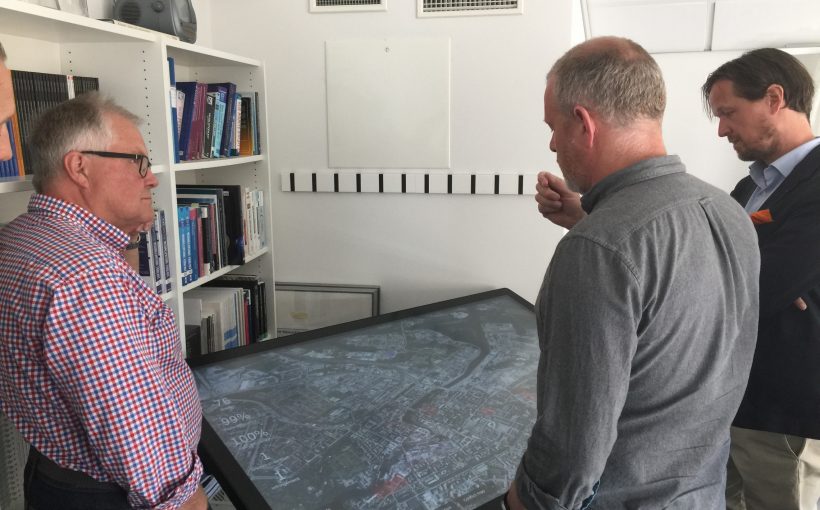Linköping University (https://liu.se/en) , Sweden’s air navigation service provider LFV (http://www.lfv.se/en/start) and 3D drone mapping services company Spotscale (http://spotscale.com/) are working on a project to visualize and study future traffic management concepts, services, and regulation for drone traffic in cities. UTM 50 is being funded by Trafikverket (www.trafikverket.se) and LFV and will be completed by November 2018.
The goals of Project UTM 50 are to:
- Visualize future air traffic (and key constraints)
- Simulate future air traffic (to visualize)
- Implement routing and detect-and-avoid algorithms (for the traffic simulation)
- Study: human-machine interaction concepts, to manage unmanned traffic, within regulatory limits, optimization algorithms for real-time adjustment of traffic, identify the need to adjust current regulation (e.g. regarding traffic near airports, over built-up areas), identify potential future services /usage areas for unmanned traffic, evaluate the relevance of the NASA and U-SPACE four-step approaches to UTM implementation with a focus on the last steps, cities (in Sweden); and identify key challenges for future research and development.
According to the project organisers:
“Autonomous air traffic, especially in cities (including both smaller drones and larger passenger aircraft), is forecast to increase immensely over the next years. This will require management of traffic, through an unmanned traffic management (UTM) system. The notion of unmanned traffic includes both drones, RPAS, and manned traffic where the aircraft largely operates autonomously. The system also needs to incorporate current manned traffic in the same airspace. The purpose of UTM is to manage unmanned traffic safely and efficiently beyond line of sight. Current plans (U-Space in Europe, UTM in the US) prescribe a step-wise implementation from countryside to cities. This project looks ahead toward the final step, cities, identifying potential challenges and solutions.
“A delimitation in the project is to only work with simulated traffic. The cooperative approach from the UTM actors using a realistic visualization is a strong combination that take us forward within the project.”
For more information please contact:
- Project lead Linköping University, Dr Jonas Lundberg (jonas.lundberg@liu.se)
- Project Lead LFV, Billy Josefsson (billy.jesefsson@lfv.se)
(Image: UTM operators, safety assessors and service providers working together on the interactive simulation using a scenario with 76 drones over Norrköping City)




